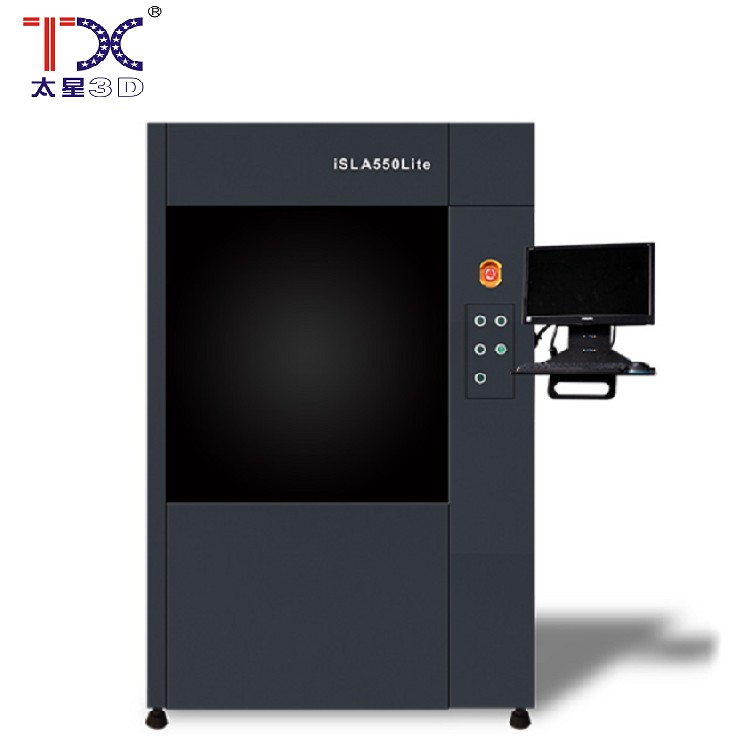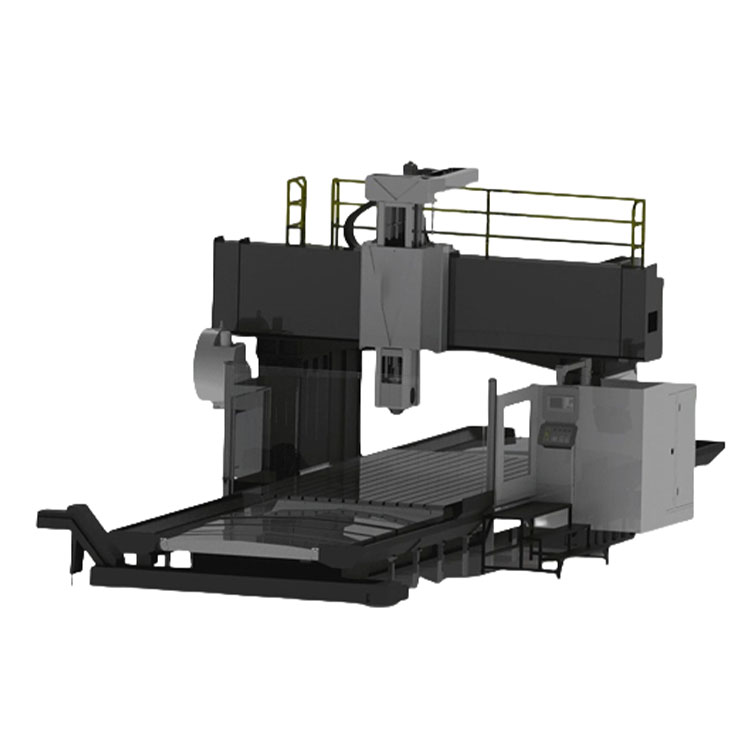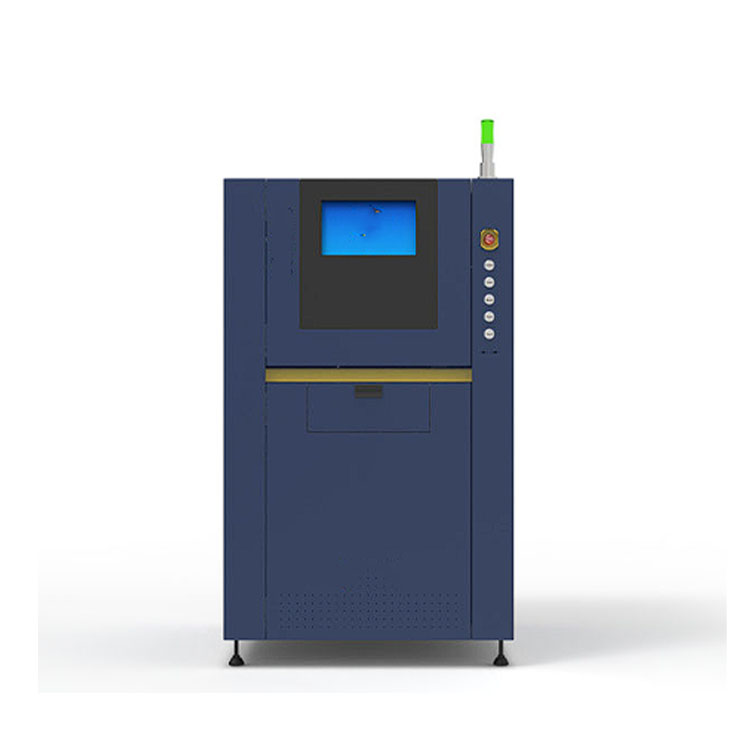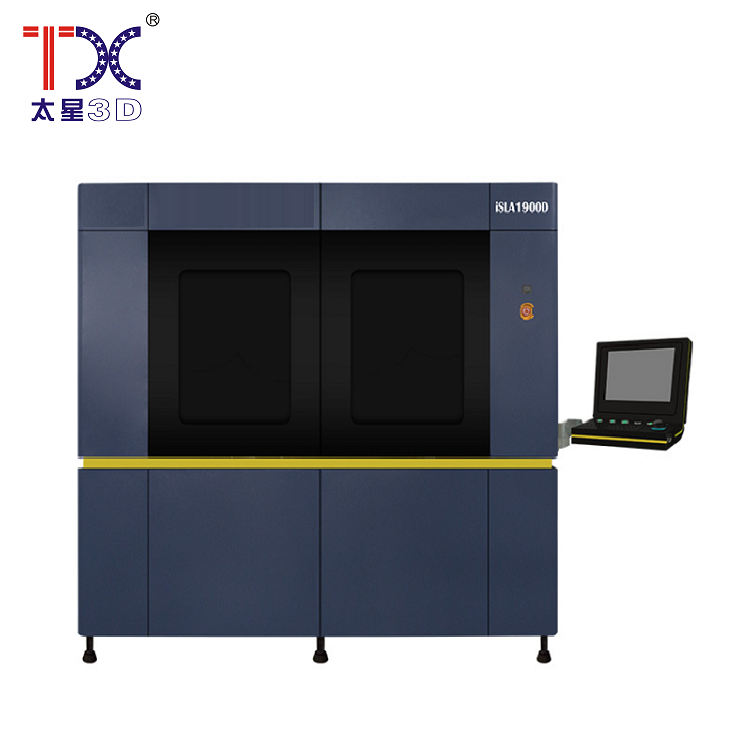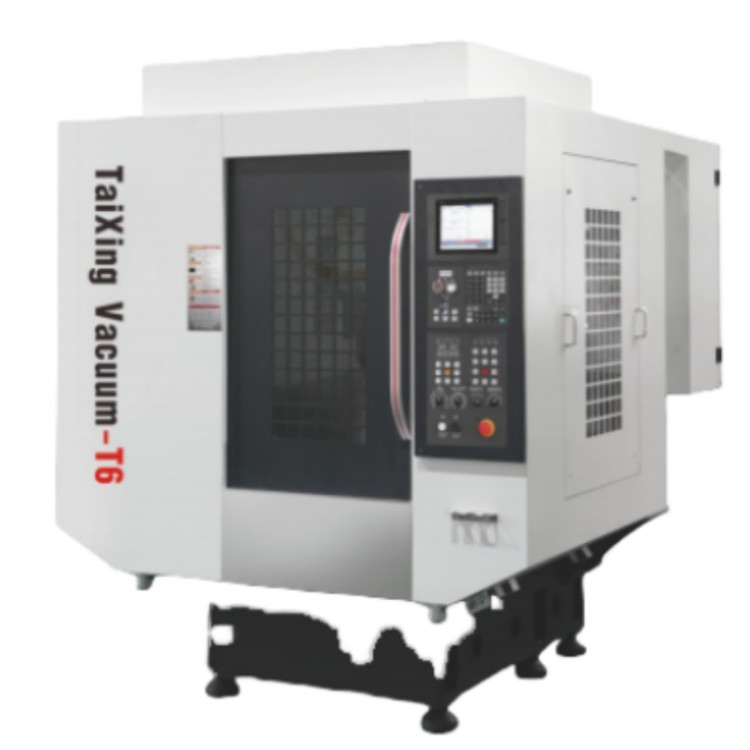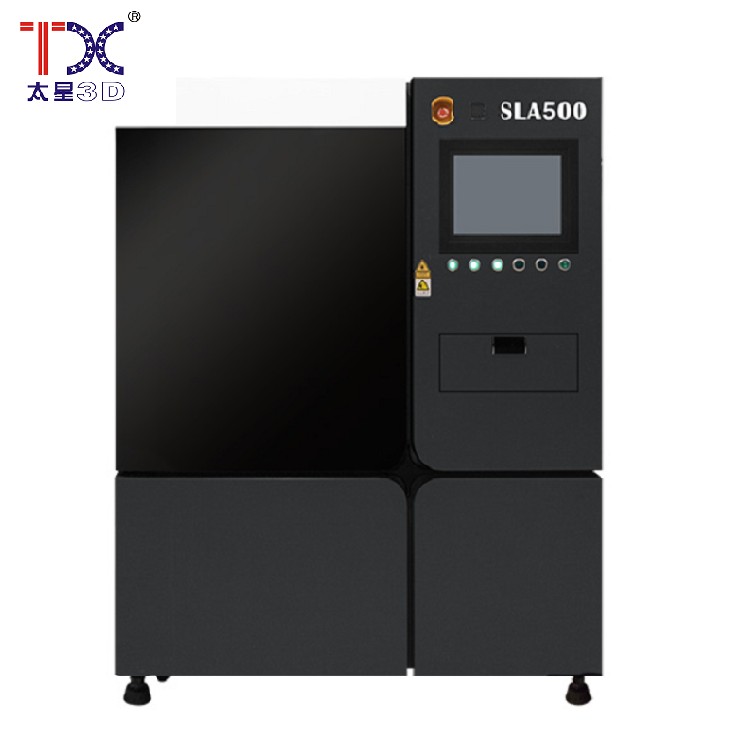
3D printing in the aerospace industry
3D printing in the aerospace industry
3D-pricing, or additive production, is a technology that allows you to create three-dimensional objects of a complex form from a digital project. In the aerospace industry, she gradually, but confidently conquers her place, opening new horizons for the design and production of complex parts of aircraft, missiles and spaceships. This is not just another technological feature, but a tool that can revolutionize the entire process of creating aircraft.
Advantages of 3D printing in aviation and astronautics
Due to its unique ability to create complex geometric shapes, 3D printing allows you to create parts with a minimum amount of excess material. This leads to significant saving of resources and reducing the weight of structures. As a result, more economical and environmentally friendly aircraft and spacecraft. In addition, 3D printing opens up new options for design. Engineers can create more complex and effective structures that were previously impossible. This allows you to optimize aerodynamics and increase the overall efficiency of aircraft.
Promising applications and new horizons
Currently, 3D-printing is actively used to create prototypes, tools and individual details in the framework of projects relating to both aviation and space equipment. For example, parts with unusual forms or a complex internal structure, which are difficult or expensive to produce traditional methods, are very often made using 3D printing. It also makes it possible to produce personalized parts adapted to the specific requirements of the project. Imagine that repair kits for space stations or parts for unusual structures will be printed in orbit!
Technical and practical challenges
Of course, the introduction of 3D printing into the aerospace industry is not without difficulties. Now there are a number of tasks that require solution. This is the quality of materials, and the accuracy of printing in the production of parts with high complexity. It is also important to make sure of the reliability and durability of parts made using 3D printing to ensure the safe functioning of aircraft. Nevertheless, research and development continue, and every year technology is more perfect, allowing you to overcome these difficulties and disclose the entire potential of 3D printing in this area. In the future, with the development of materials and 3D printing methods, we will see even more significant changes in the aerospace industry.
AppropriateProducts
Corresponding products
The best soldproducts
The best -selling products-
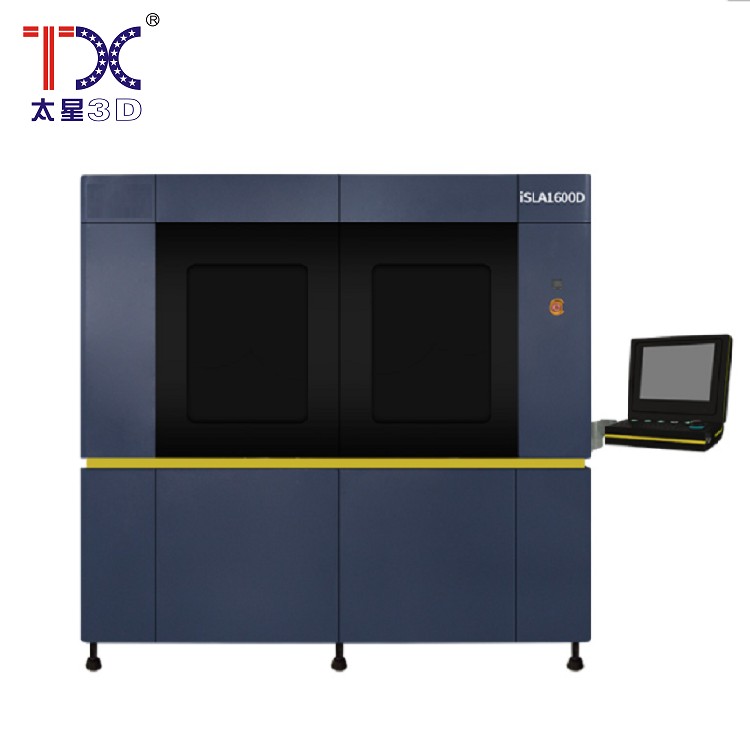 Taisin Light-adoptive 3D printer SLA1600D
Taisin Light-adoptive 3D printer SLA1600D -
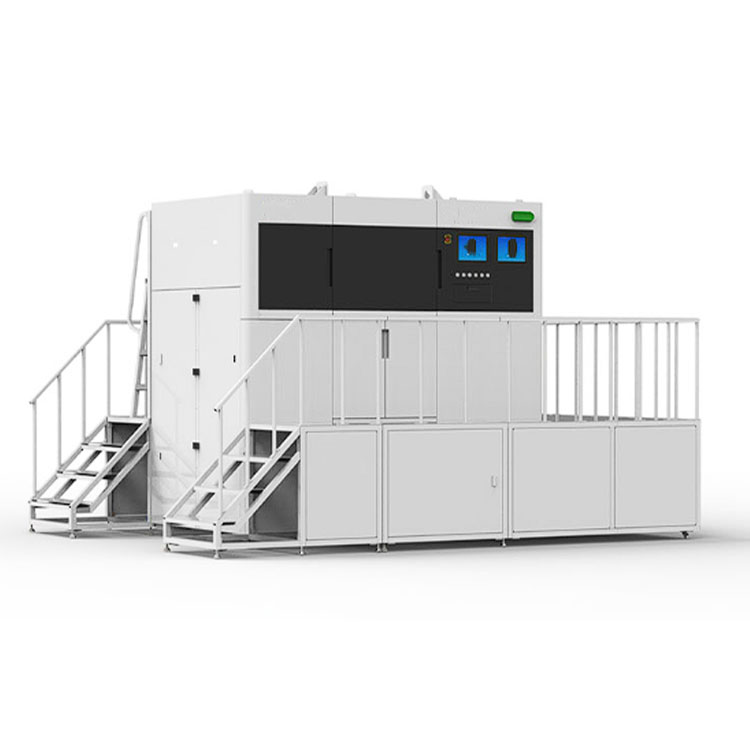 Taisin Metal 3D printer ISLM500D
Taisin Metal 3D printer ISLM500D -
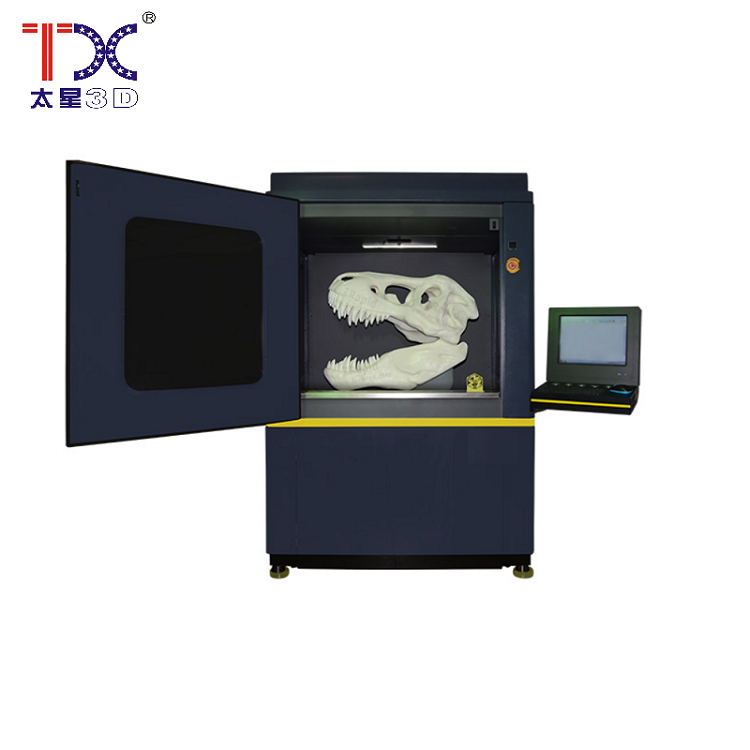 Taisin Light-adopted 3D printer ISL1100
Taisin Light-adopted 3D printer ISL1100 -
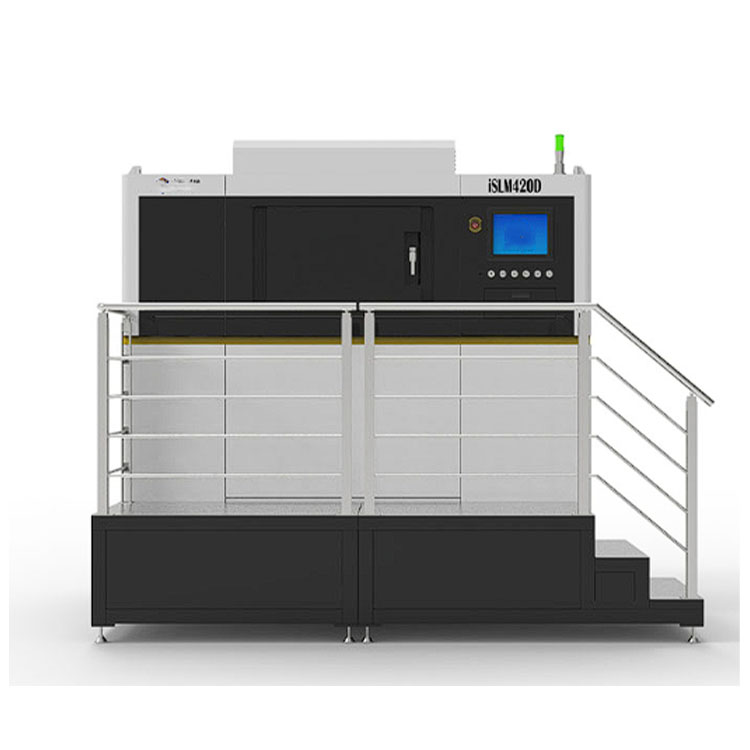 Taisin Metal 3D printer ISLM350DN
Taisin Metal 3D printer ISLM350DN -
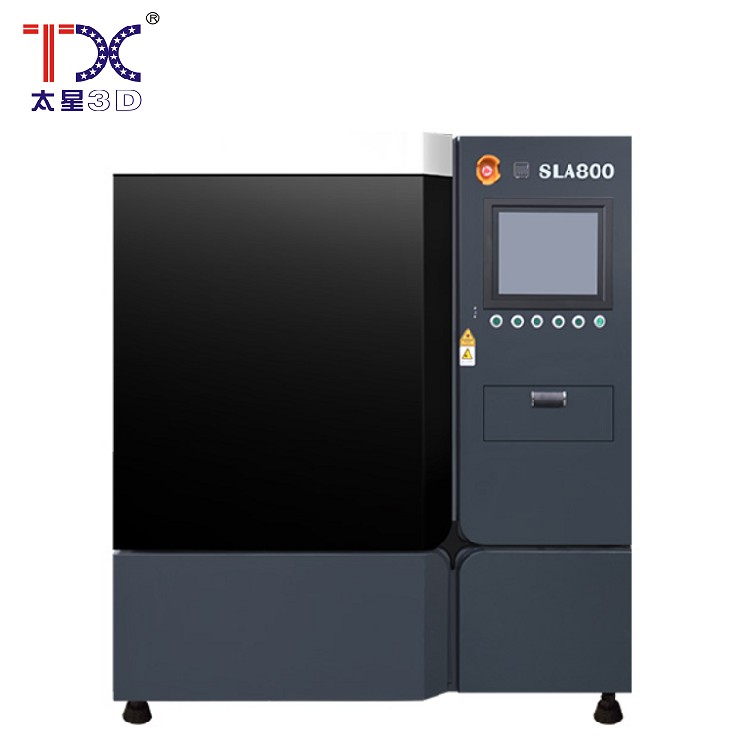 Taisin Light-adoptive 3D printer SLA800
Taisin Light-adoptive 3D printer SLA800 -
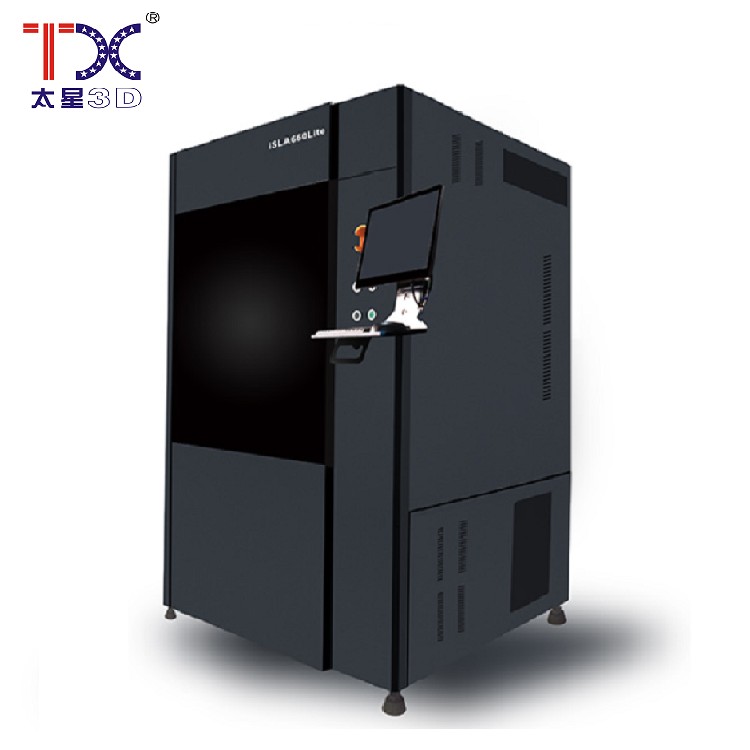 Taisin Light-adopted 3D printer SLA660Lite
Taisin Light-adopted 3D printer SLA660Lite -
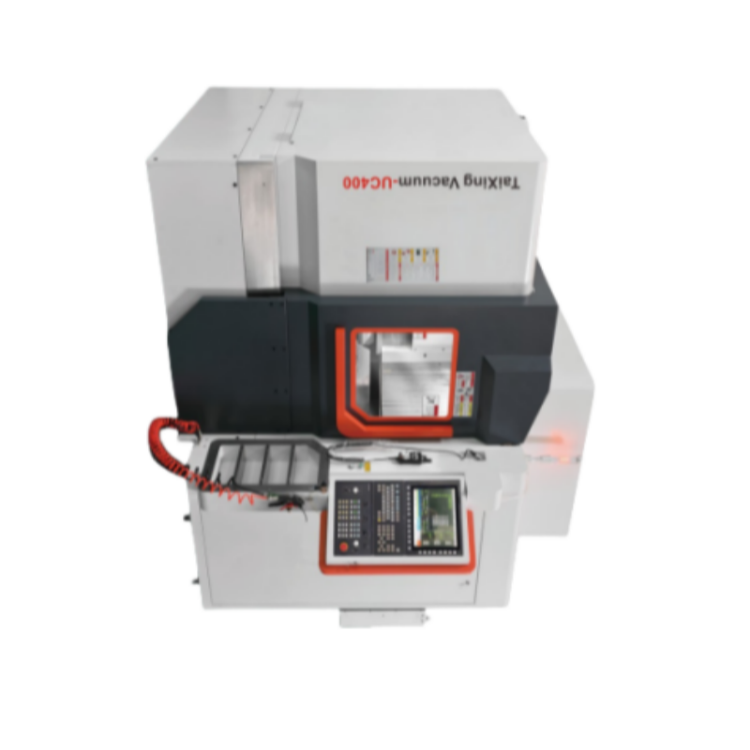 Taisin high-speed five-axis processing center TX-UC400
Taisin high-speed five-axis processing center TX-UC400 -
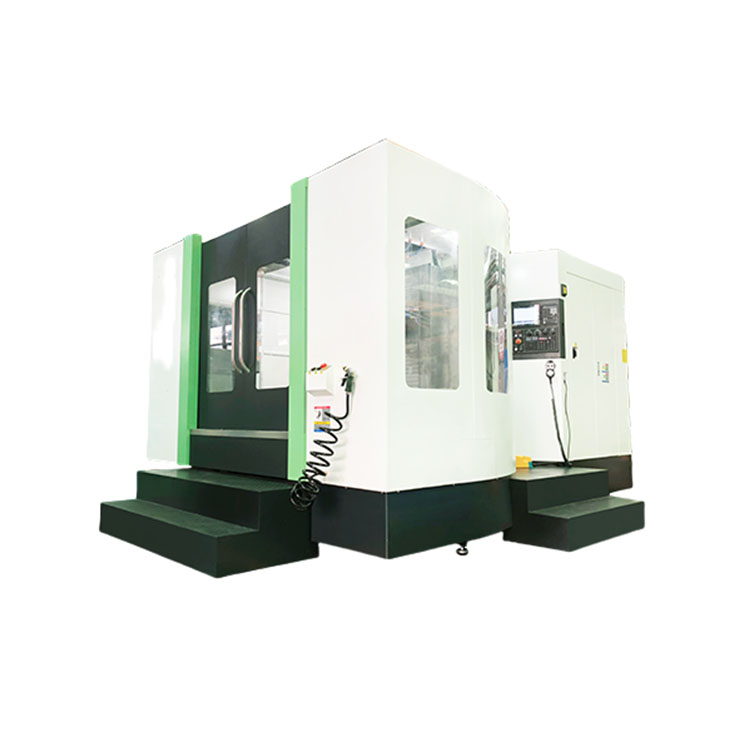 Taisin horizontal processing center with CNC High accuracy HMC TXHD-630
Taisin horizontal processing center with CNC High accuracy HMC TXHD-630 -
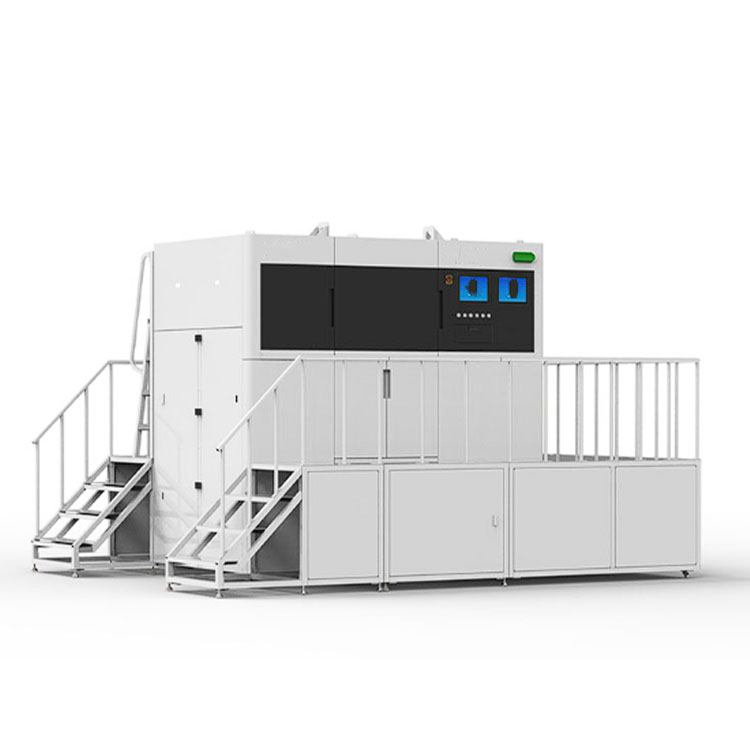 Taisin Metal 3D printer ISLM420DN
Taisin Metal 3D printer ISLM420DN -
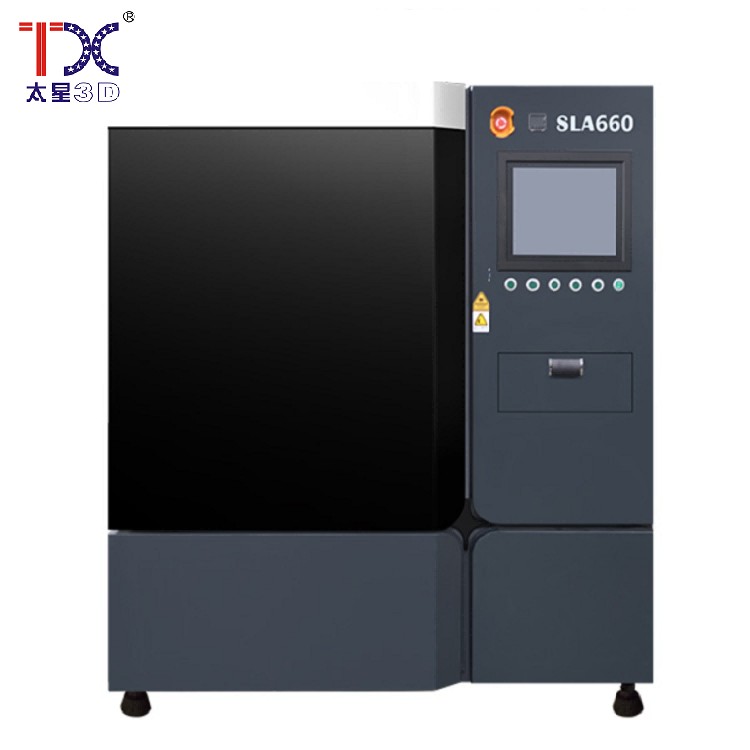 Taisin Light-adopted 3D printer SLA660
Taisin Light-adopted 3D printer SLA660 -
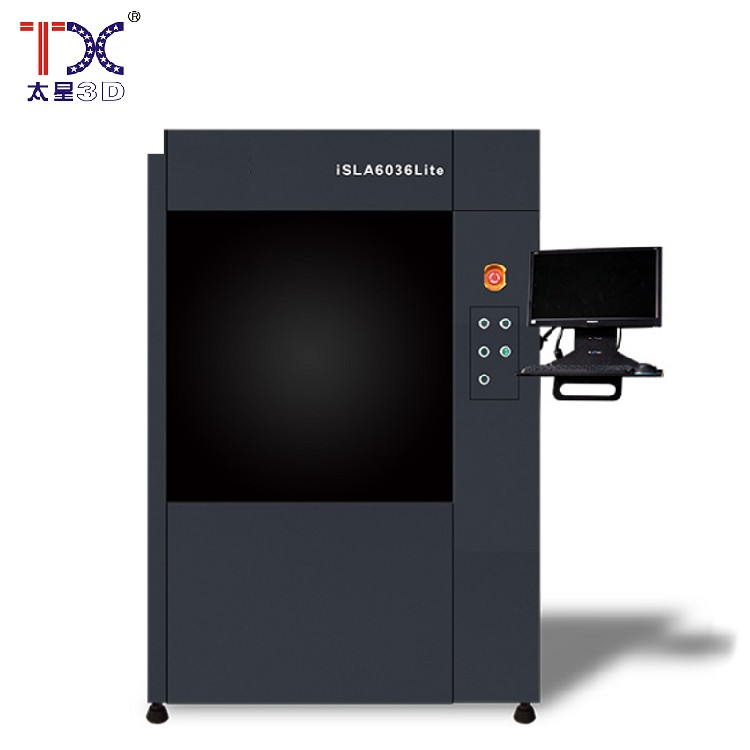 Taisin Light-adopted 3D printer SLA6036
Taisin Light-adopted 3D printer SLA6036 -
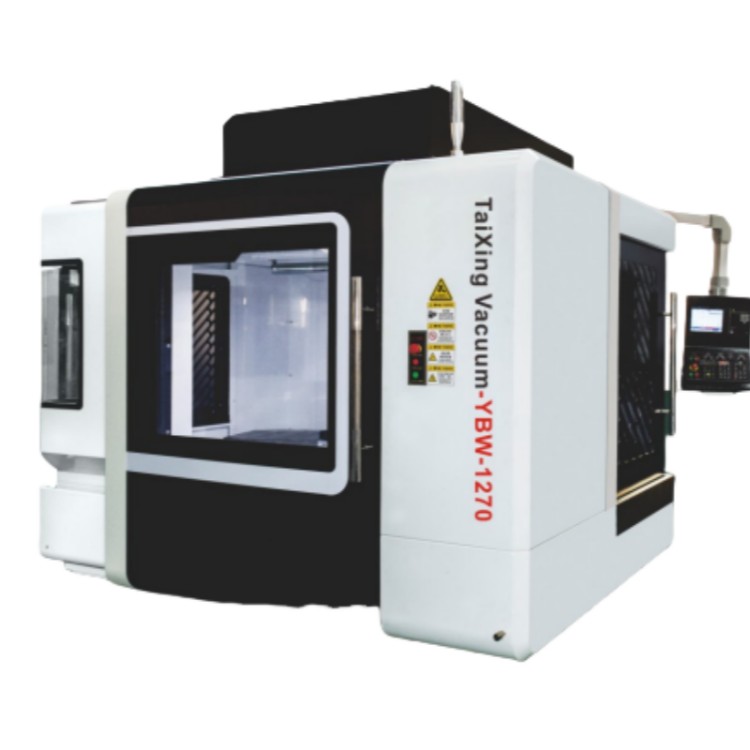 Taisin horizontal processing center YBM-1270
Taisin horizontal processing center YBM-1270
Connectedsearch
Related search- Chinese manufacturers of five coordinate CNC milling machines
- Suppliers of a 5-axis milling machine from China
- Chinese manufacturers of four -coordinate processing centers with CNC
- Cheap turning turning turning turners
- Chinese suppliers Tokarny CNC VAL
- Cheap factories of powder melting technology
- Chinese manufacturers of 5-axial CNC machines
- cheap manufacturers of equipment for 3D printing
- Suppliers of vertical processing centers with CNC from China
- cheap suppliers of equipment for 3D printing






